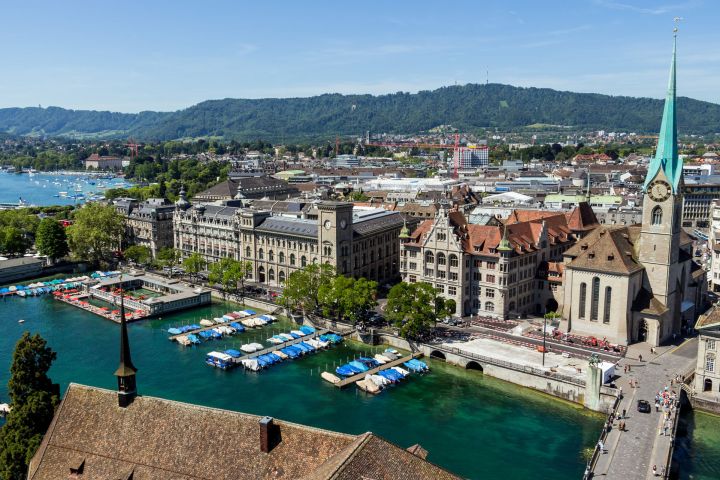
Zurich topped the list of 100 cities, followed closely by Singapore, Stockholm, Vienna, and London. Seven U.S. cities made it into the top 50, with New York at 26, Boston 34, San Francisco 39, Seattle 43, District of Columbia 44, Denver 49, and Los Angeles 50. Another 10 U.S. cities made the list, scoring from 51 (Philadelphia) to 69 (Detroit) in the sustainability ranking of 100 leading cities in the world.
The Arcadis sustainable cities index rates cities based on the degree to which they balance, “the immediate needs of today without compromising the demands of tomorrow…”
Three sub-indices covering quality of life, green factors, and economic health make up the overall Sustainable Cities Index. Quality of life, also called the People sub-index, looks at health as measured by life expectancy and obesity, education, income inequality, work-life balance, crime, and housing and living costs. The Planet sub-index — the green factors — considers energy consumption and renewable energy share, city green space, recycling and composting, greenhouse gas emissions, natural catastrophe risk, drinking water, sanitation, and air pollution. Economic health, or the Profit sub-index, looks at business factors including transport infrastructure, ease of doing business, tourism, gross production per capita, the city’s role in global economic networks, connectivity, and employment rates.
Zurich, which holds the title of Most Sustainable City in the world, topped the list with its high quality of life, public transit system, and financial industry. Zurich has set a green energy goal of 2,000 watts per person by 2050 and is investing in sustainable energy sources and efficiency.
Overall, cities in Europe held 16 of the top 20 spots, with the remaining four going to Singapore, Seoul, South Korea, Hong Kong, and Canberra, Australia.
According to Arcadis, the Dutch engineering firm that produces the annual sustainable cities list, the key to sustainability is balancing the three factors: people, planet, and profit. The group found many examples of cities that scored high in one factor but poorly in the others. The overall rankings and the sub-index ratings can give cities direction to improve their overall sustainability.




